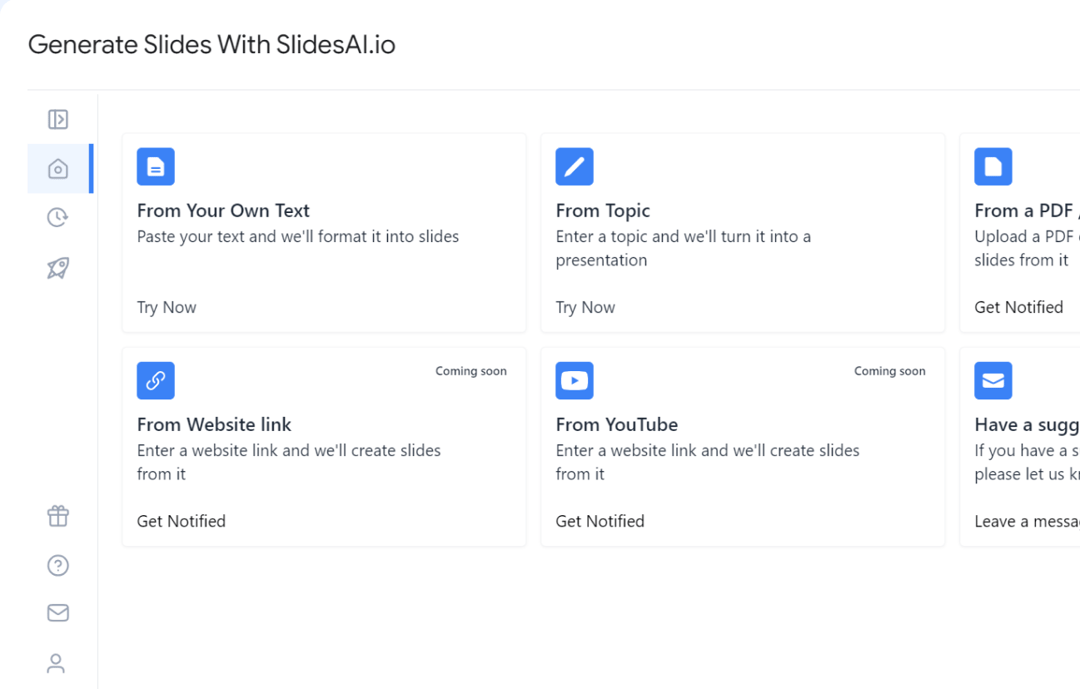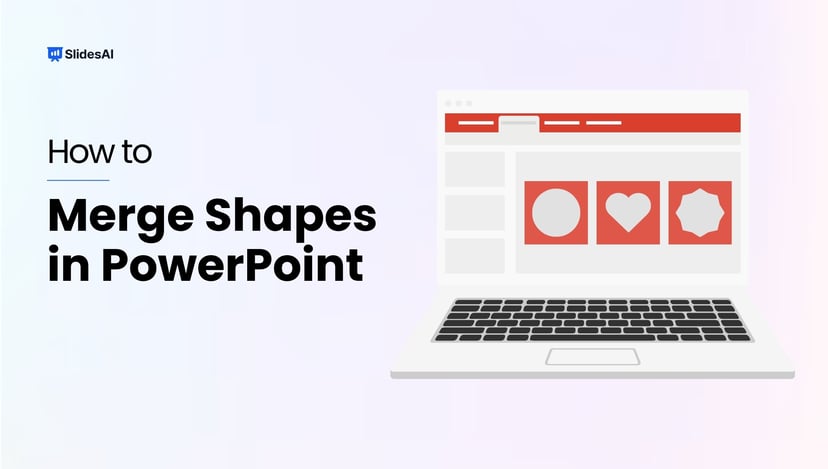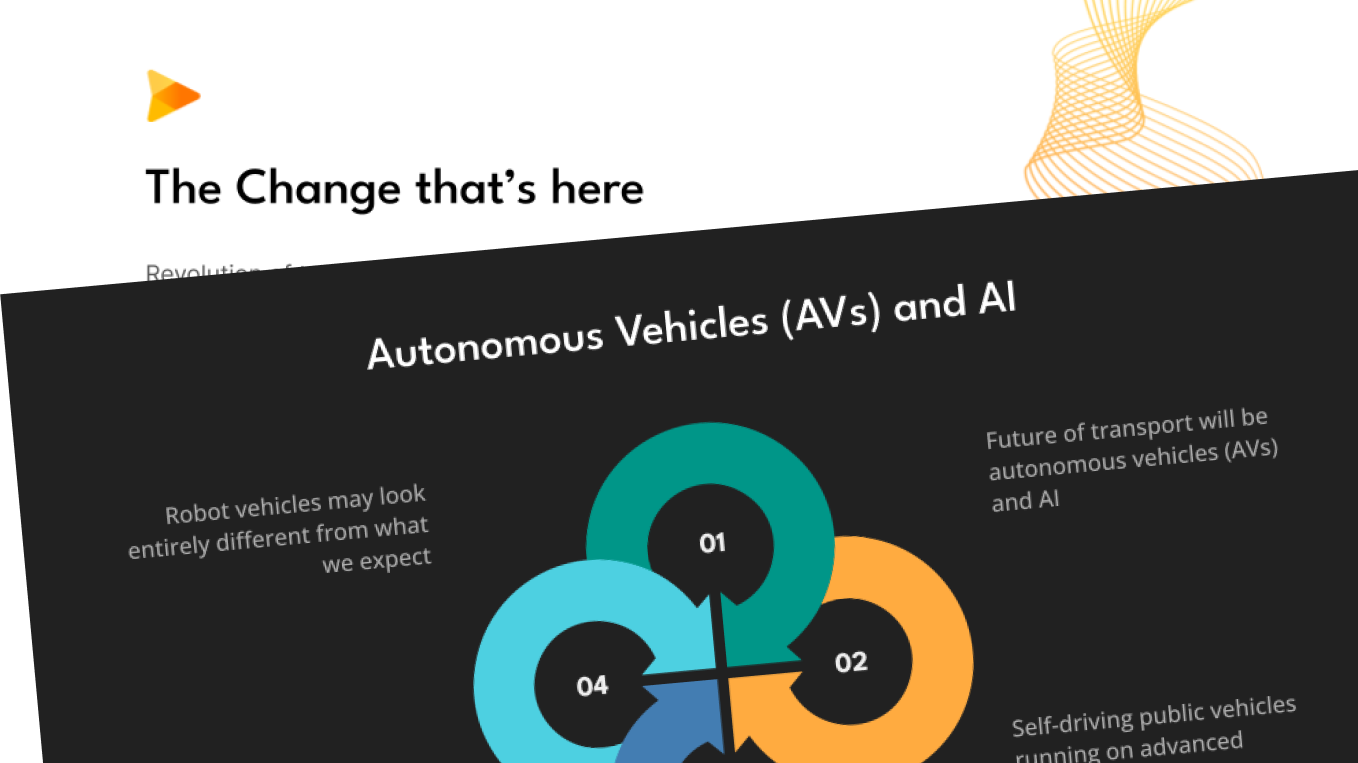A well-structured presentation isn’t just about slides that look pleasing; it’s about guiding your audience through a clear, logical journey. Whether you’re persuading, informing, or inspiring, structure helps you deliver your message with clarity and impact. From a compelling opening to a memorable close, organizing your content effectively keeps listeners engaged and ensures your key points land with precision. In this blog, we will show you how to structure a presentation in a way that appeals to your audience and helps them understand your message.
Why is Structuring the Presentation Important?
A clear structure of a presentation gives it direction and purpose. It helps your audience follow along, retain key messages, and stay engaged throughout. Without structure, even strong content can feel scattered or confusing. A well-organised flow also boosts your confidence as a speaker and allows for smoother delivery. Ultimately, structure ensures your message is not only heard but understood and remembered.
Create Presentations Easily in Google Slides and PowerPoint
15M+Installs

How to Structure an Effective Presentation?
A well-structured presentation makes your ideas easier to understand and more impactful. Here’s a step-by-step approach to help you craft a presentation that flows logically and keeps your audience engaged from start to finish:
1. Greet the Audience and Introduce Yourself
Knowing how to structure a presentation starts by acknowledging your audience with a warm greeting and a brief self-introduction. This sets the tone and helps establish rapport, especially if you’re presenting to unfamiliar faces. A confident, friendly opening makes listeners more receptive to what’s coming next.
2. Introduction
- Introduce the Subject and Purpose of the Presentation
After your greeting, clearly state what your presentation is about and why it matters. Define the objective so your audience knows what to expect and how it’s relevant to them. - Establish Credibility
Briefly highlight your background, experience, or knowledge on the topic to build trust. When your audience knows you’re qualified to speak, they’re more likely to stay engaged and value your insights. - Engage Your Audience
Spark interest early on, ask a thought-provoking question, share a surprising fact, or tell a brief story. This creates curiosity and encourages active listening from the very beginning. - Preview Main Points
Give a quick overview of the key points you’ll cover. Think of this as a roadmap to help your audience follow the flow and structure of your talk with clarity.
3. Body of the Presentation: Organise for Impact
- Use Relevant Content
Ensure every point you include supports your main objective. Stick to facts, examples, case studies, or data that align with your message to keep your content focused and impactful. - Prioritise Quality
Choose clarity over quantity. Instead of overwhelming the audience with too much information, focus on delivering key takeaways that are well-researched and easy to remember. - Emphasise Simplicity
Break down complex ideas into simpler components. Use visuals, analogies, or short explanations to help your audience grasp your points quickly and retain them longer. - Maintain Consistency
Use a consistent tone, formatting, and design throughout your slides or speech. This helps create a professional impression and reduces cognitive overload for your audience. - Structure Content Logically
Follow a clear flow, such as chronological, problem-solution, or cause-and-effect formats. Logical sequencing helps the audience follow your narrative and builds a stronger, more persuasive case.
Related Read – Top 12 Presentation Design Trends 2025
4. Wrapping Up Your Presentation
- End with a Strong Statement or Quote
Conclude with a powerful quote or statement that reinforces your main message. This helps your audience remember your presentation long after it ends. - Summarize the Points
Briefly revisit the key points you covered to reinforce understanding. A concise recap ensures the core message sticks with your listeners. - Call-to-Action
Encourage your audience to take the next step, whether it’s applying your insights, exploring more resources, or reaching out with questions. - Ask Thought-Provoking Questions
End with an open-ended question to spark reflection or discussion. This keeps the conversation going and increases engagement. - Additional Resources and Contact Info
Offer helpful materials or links for further reading, and provide your contact details so the audience can connect with you later.
Build Stunning Slides in Seconds with AI
- No design skills required
- 3 presentations/month free
- Don't need to learn a new software

Common Mistakes to Avoid When Designing a Presentation Structure

Even the most well-planned content can lose its impact if the presentation structure and design aren’t thoughtfully executed. Here are key mistakes that can weaken your presentation, and how to steer clear of them:
1. Overloading with Information
Packing slides with too much text or data overwhelms your audience. Stick to concise points and support them with visuals to keep your message clear and digestible.
2. Weak Transitions
Jumping from one topic to another without proper flow confuses listeners. Use logical sequencing and verbal or visual transitions to maintain continuity throughout your presentation.
3. Dull Design
Monotonous slides with poor visuals and a lack of creativity can disengage your audience. Add visual interest with charts, icons, or graphics, while maintaining balance.
4. Inconsistent Fonts – The Typography Chaos
Using multiple fonts or inconsistent text sizes creates visual noise and a lack of professionalism. Stick to 1–2 readable fonts and maintain uniform formatting throughout.
5. Low-Quality Images
Pixelated or stretched images make your slides look unpolished. Always use high-resolution, relevant visuals that enhance, not distract from, your content.
6. Ignoring the Call to Action
Ending without a clear takeaway or next step leaves your message hanging. A strong CTA ensures your audience knows what to do next and gives your presentation purpose.
Related Read – 32 Common Presentation Mistakes to Avoid
Simplify Presentation Structure Effortlessly with SlidesAI
The Structuring of a presentation no longer requires hours of planning and design. SlidesAI streamlines the entire process with the power of artificial intelligence.
It auto-generates a clear and logical flow, including the introduction, body, and conclusion, tailored to your topic and presentation type, whether it’s a pitch deck, lecture, or business report.
With smart AI-driven image suggestions, SlidesAI enhances your content visually, while reducing manual formatting time. It ensures clarity, consistency, and professional design, helping you deliver impactful presentations faster and more confidently.
Create Presentations Easily in Google Slides and PowerPoint
- No design skills required
- 3 presentations/month free
- Don't need to learn a new software

Conclusion
A good and simple presentation structure is the backbone of effective communication. By carefully organising your content, from a compelling introduction to a strong conclusion, you ensure that your message is clear, memorable, and engaging. Avoiding common design mistakes and leveraging smart tools like SlidesAI can further enhance the quality and flow of your presentation. With the right structure and support, delivering impactful presentations becomes not just easier, but significantly more effective.




